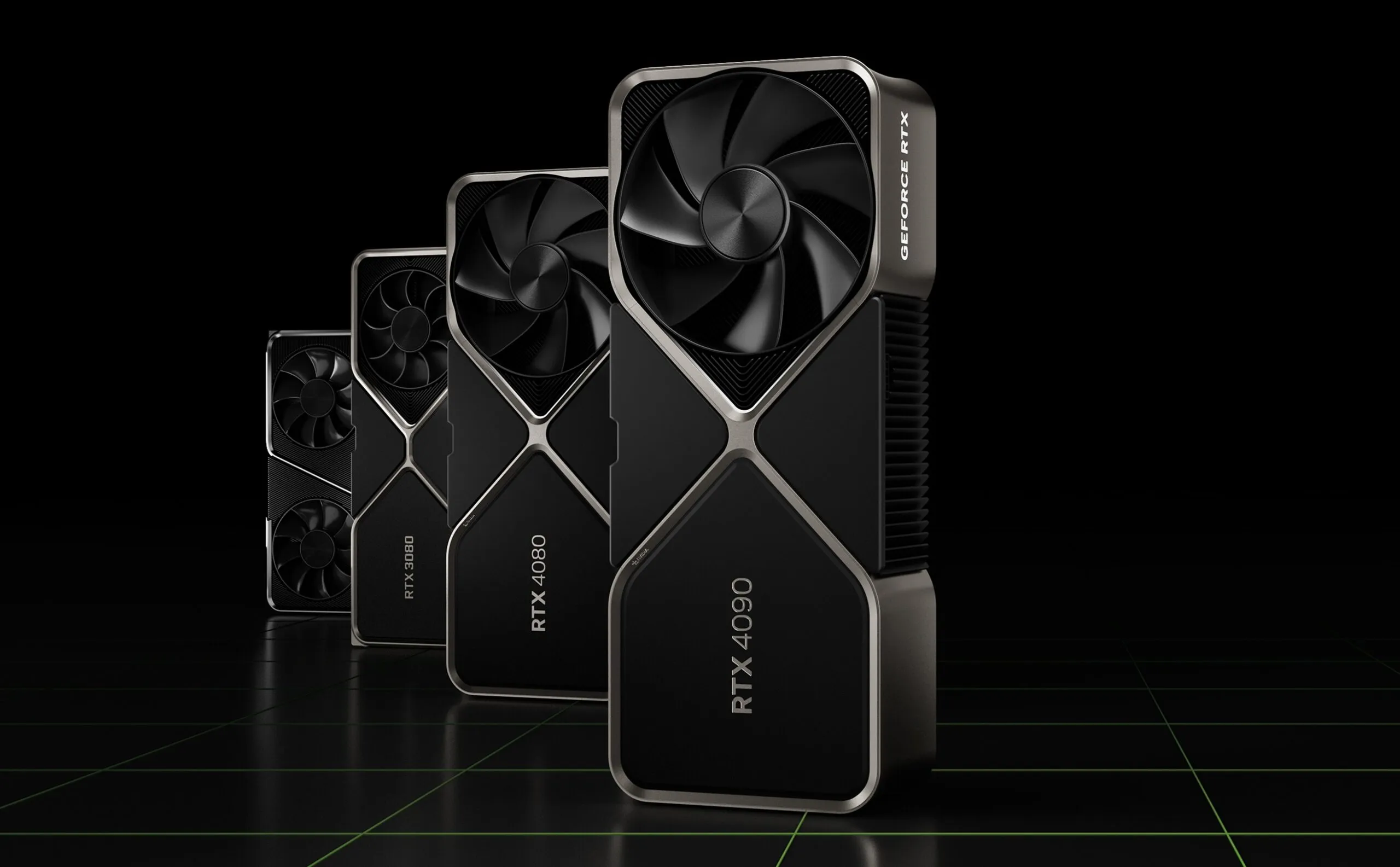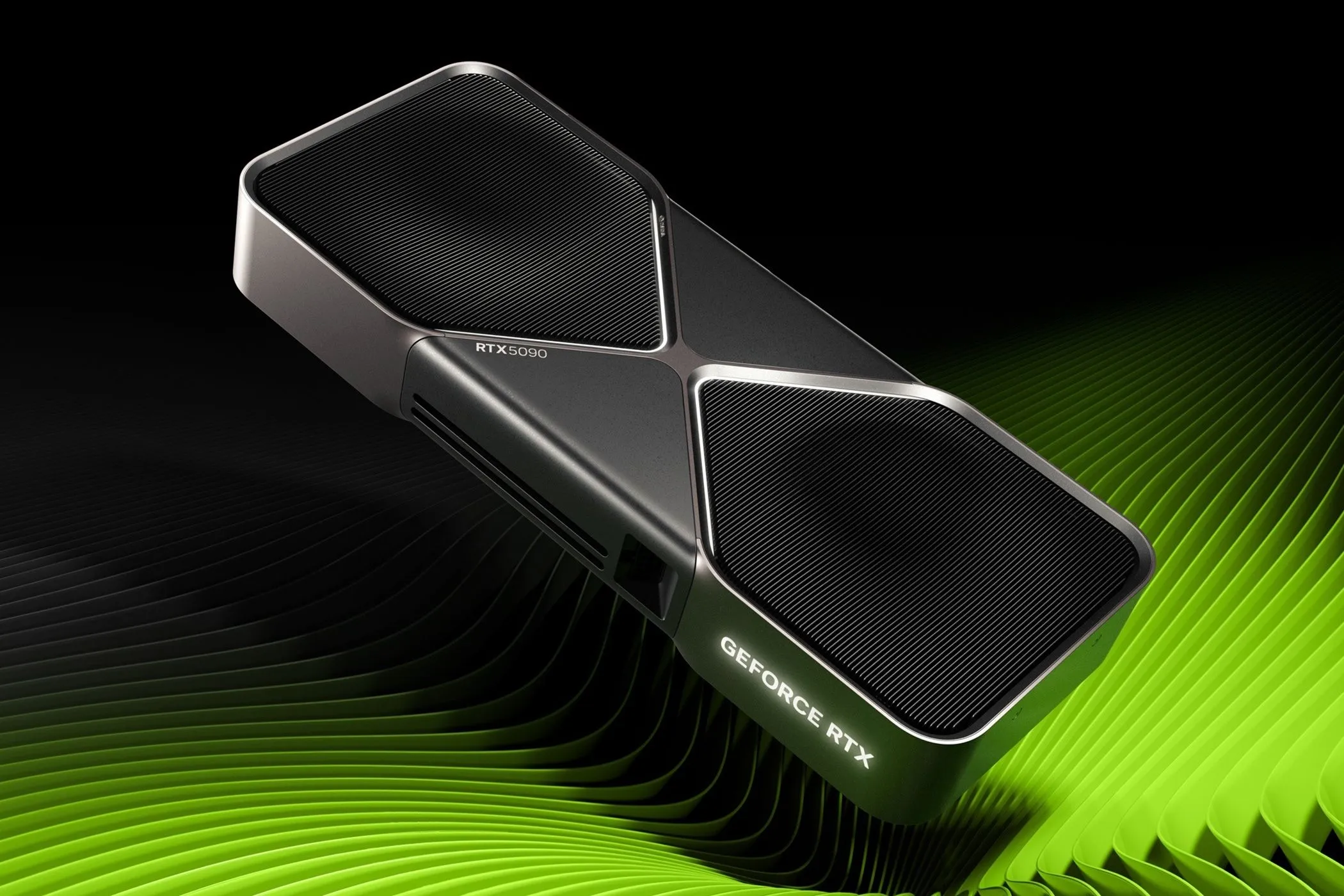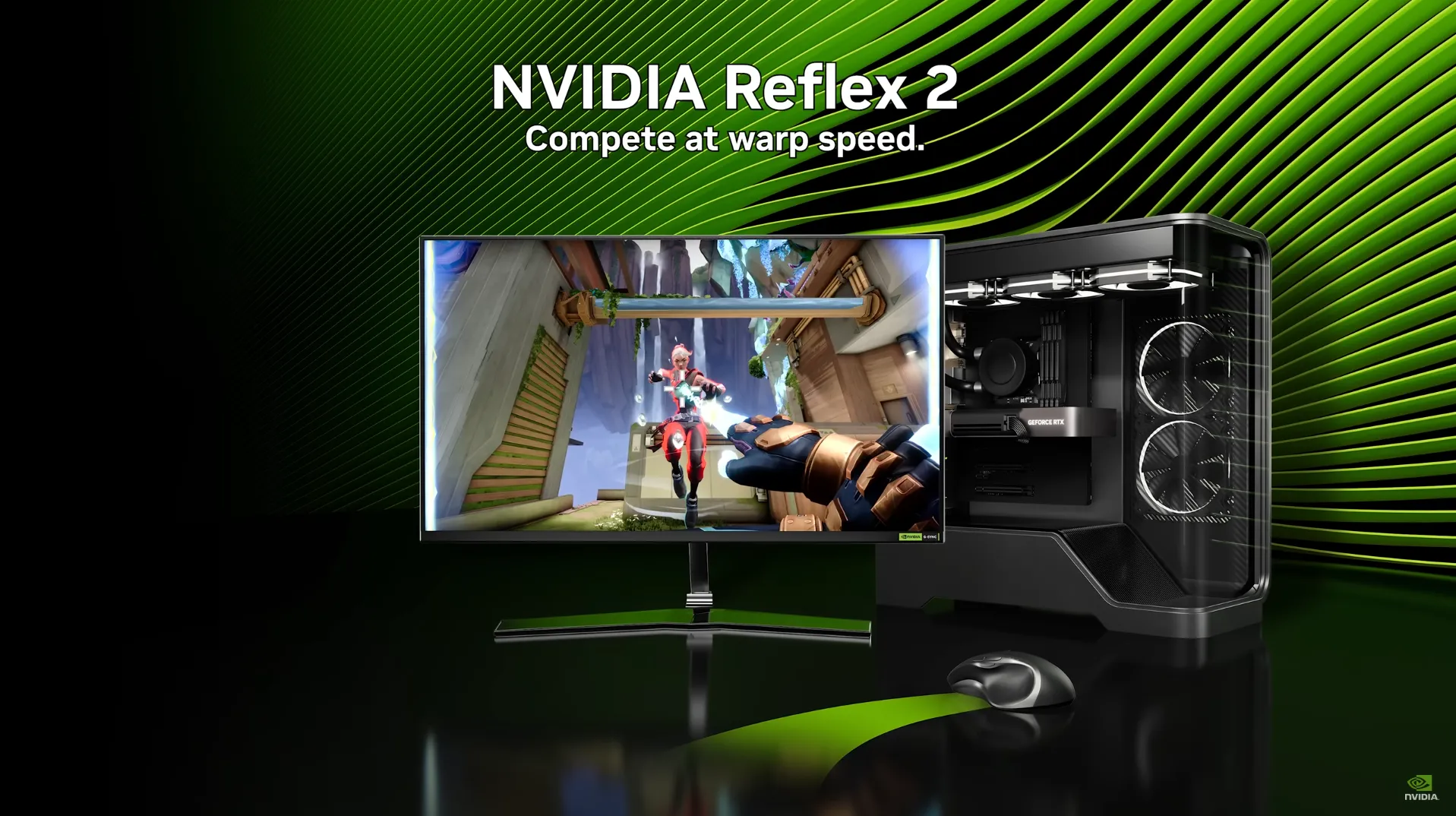Smooth Motion represents a significant leap forward in frame generation technology at the driver level. Unlike traditional methods that rely heavily on game developers’ implementations, Smooth Motion automatically generates an inferred frame between two rendered frames. This process involves upscaling the entire frame, including all game elements like the user interface, text tooltips, and maps. While this means some elements may not appear as sharp—since the technology does not use motion vectors—the overall fluidity and continuity of the game’s visual experience are markedly improved.
This technology does have its limitations, particularly in comparison to NVIDIA’s own DLSS Frame Generation which offers superior latency and image quality. However, Smooth Motion has a distinct advantage: it does not require game developers to integrate the tech into their games. Gamers can simply enable it via the NVIDIA driver settings or on a per-game basis, making it a versatile option for enhancing gameplay on supported titles.

The Strategic Rollout of Smooth Motion
Initially exclusive to GeForce RTX 50 series GPUs, NVIDIA has announced that this cutting-edge feature will not remain limited to its latest series. The technology is set to expand to the GeForce RTX 40 series in the near future, following further validation and quality assurance across multiple products. This strategic rollout underscores NVIDIA’s commitment to providing consistent value across its product lineup, ensuring that a broader range of gamers can access the latest in gaming technology enhancements.

The Quiet Introduction of a Game-Changer
Interestingly, NVIDIA chose a subdued approach to unveil Smooth Motion. There was no grand announcement with the launch of the RTX 50 series; instead, the feature was integrated into the latest driver updates without much fanfare. This low-key deployment might have initially kept many gamers in the dark, but as more start to use the feature, its benefits and the subtle yet significant enhancements it brings to gaming are becoming increasingly apparent.
Compatibility and Availability
Smooth Motion is compatible with games running on DirectX 11 and DirectX 12, covering a broad spectrum of both new and existing titles. This ensures that gamers using the latest NVIDIA GPUs can start enjoying smoother gameplay almost immediately after enabling the feature in their driver settings.

NVIDIA’s introduction of Smooth Motion technology is a testament to the company’s ongoing dedication to innovation and enhancing the gaming experience. By providing a tool that improves game fluidity and visual continuity without waiting for developer adoption, NVIDIA not only challenges existing technologies like AMD’s Fluid Motion Frames but also positions itself as a leader in gaming technology.
As NVIDIA continues to refine and expand the availability of Smooth Motion, gamers around the world will undoubtedly benefit from more immersive and visually smooth gaming sessions. This development not only enhances player enjoyment but also pushes the boundaries of what is possible in video game graphics rendering.










